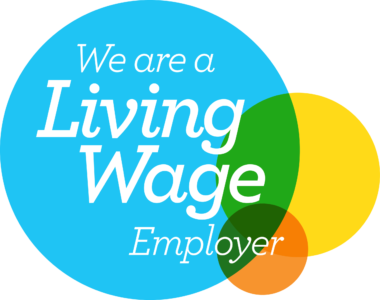HR professionals and employers now need to plan ahead to avoid a cliff edge whereby all their furloughed staff return to full pay as soon as the furlough scheme ends.
Furlough is part of the temporary short term solution to the current economic crisis resulting from the COVID-19 health crisis. It has recently been extended to cover the four month period from 1 March to 30 June 2020, although it could be further extended beyond that date.
While the scheme is ongoing, we advise that employers:
- if you haven’t already done so, or if you need to furlough additional staff, ensure that you have all the necessary information required ready in advance to apply for your furlough reimbursement through the HMRC web portal, which opened on 20 April
- keep a watching brief on latest Government guidance on furlough to check eligibility rules – see the Government Guidance updated on 23 April 2020
- keep furlough under review in respect of already furloughed staff, at least every three weeks. Can you get them back to work sooner rather than later?
- consider how you will deal with annual leave entitlement during periods of furlough. Holiday continues to accrue and the latest Acas guidance states that it can be requested and taken in the usual way during furlough and should be paid at the worker’s usual pay (ie holiday pay should be paid at the level that they would usually receive had they not been furloughed). Note that the Government has stated that it will be keeping the position in relation to holiday pay during furlough under review, so be aware that rules around holiday during a furlough period may change
- ensure that you have good and up to date contact details for furloughed staff and that you continue to engage with them so far as you can via emails and virtual meetings etc.
- consider alternatives to furlough such as secondment to another employer who might need your staff. For example some NHS employers and food producers may be willing to pay you your full employee costs if you “lend” your staff to work for them for a period of time. This can be a win-win for all and it has distinct advantages over and above the furlough scheme such as full pay for the member of staff and no arbitrary end date and potential cliff edge as with the Government Job Retention Scheme, and it can be much more flexible – for example, with part time secondment options. Birketts can advise on how to structure this type of arrangement
- most importantly, plan now for the end of the furlough period. What will your cash flow, work flow and associated staffing requirements be on day one and day 30 and day 90 after furlough ends?
- Have you planned what your staffing needs are likely to be when things start to return to normal? Will it be a phased return to normal? How long?
- Will you want to give some or all of your furloughed staff notice to take some of their annual leave at the end of the furlough period – either in a single chunk of leave or to reduce the number of actual working days they work on return from furlough?
- Will you need to restructure and redeploy staff to different roles or parts of the business?
- Will you need to make redundancies?
- Will you want to seek agreement to longer term pay cuts or pay deferrals after furlough and/or reduced hours? Again formal consultation obligations will apply and you will need to seek agreement to this from affected staff.
This article is from the April 2020 issue of Employment and Immigration Law Update, our monthly newsletter for HR professionals. To download the latest issue, please visit the newsletter section of our website. For further information please contact Liz Stevens or another member of Birketts’ Employment Law Team.
The content of this article is for general information only. It is not, and should not be taken as, legal advice. If you require any further information in relation to this article please contact the author in the first instance. Law covered as at April 2020.








